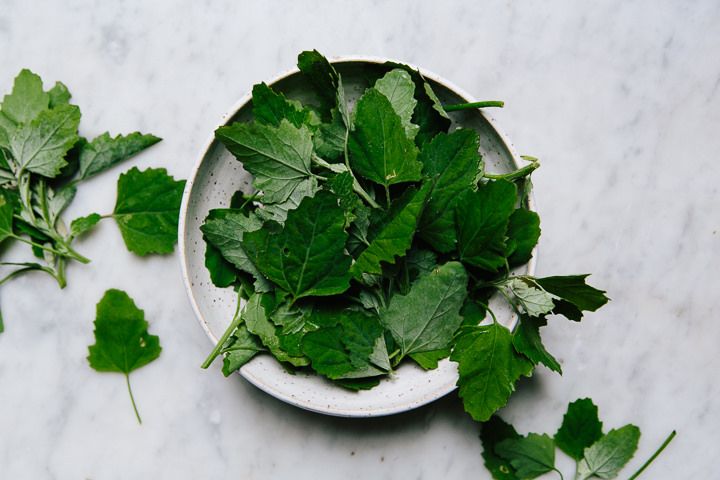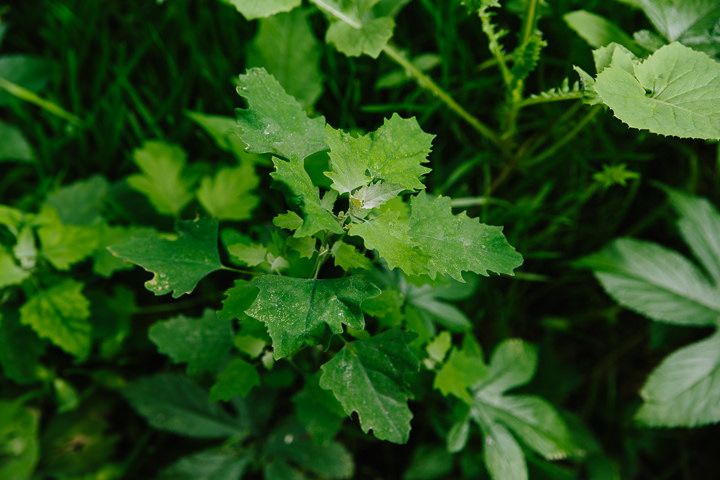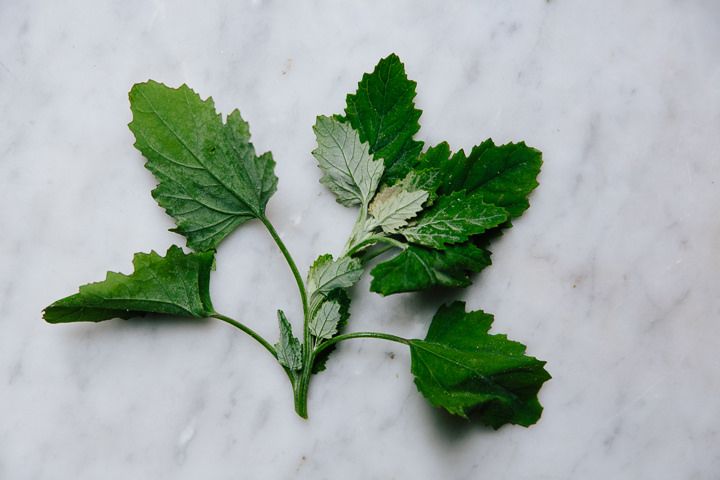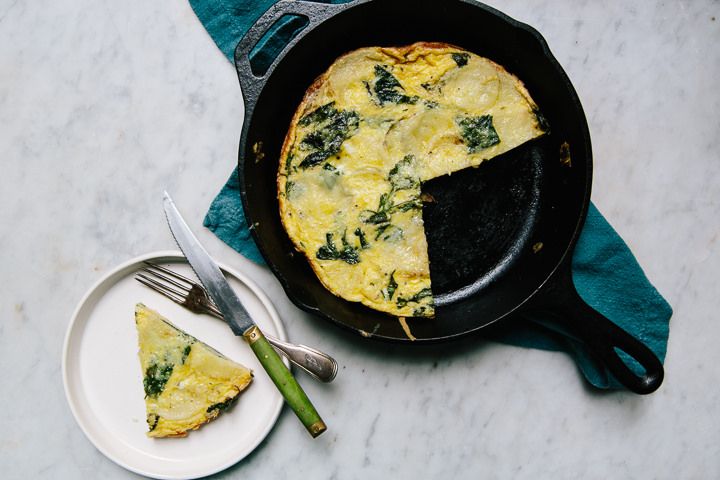Popular on Food52
Continue After Advertisement
4 Comments
Mary T.
July 30, 2014
Very interesting! Today I a weed caught my eye next to the steps in my flower bed (which has improved soil) and I wouldn't have recognized it as lambsquarters except for the consciousness raising here. I took some photos of the type I typically see growing among the rocks by the side of my vegetable garden and the much larger and lusher leaved plant in the flower bed. Wish I could upload photos. Big difference in size and shape but I'm pretty sure now that they are both lambsquarters. Thanks for the heads up. The weed from the garden does look good enough to eat where the one growing in the rocks just looks like a tough rangy weed I never would have thought of eating!
tama M.
July 29, 2014
Hi Mary, the photos are true and your experience is true also. Lambsquarters is very variable, like many wild plants, they are not cloned for cultivation and will not look the same like a Driscoll strawberry. Some plants are more dusty, some are less, the leaf appearance can be more narrow and pointed or more wide and "goosefoot" looking. For serious ID you should get some good drawings with structural ID, as photos cannot always be the best sources for a perfect "match".
Mary T.
July 29, 2014
The photo doesn't look like lambsquarters that grow in my garden or in any pictures I've googled- maybe it's the lighting. It has a dusty green appearance in reality.
In response to MicronCat- I saw a recipe for pickled purslane just yesterday. I think I saved it...the link is ridiculously long but you can find it by googling OrganicGardening.com and "6 Veggies You Never Knew You Could Pickle"
In response to MicronCat- I saw a recipe for pickled purslane just yesterday. I think I saved it...the link is ridiculously long but you can find it by googling OrganicGardening.com and "6 Veggies You Never Knew You Could Pickle"
MicronCat
June 28, 2014
I prolly have a boatload of this stuff around, but what I KNOW I have a lot of, is purselane. Anybody got a good recipe?





See what other Food52 readers are saying.